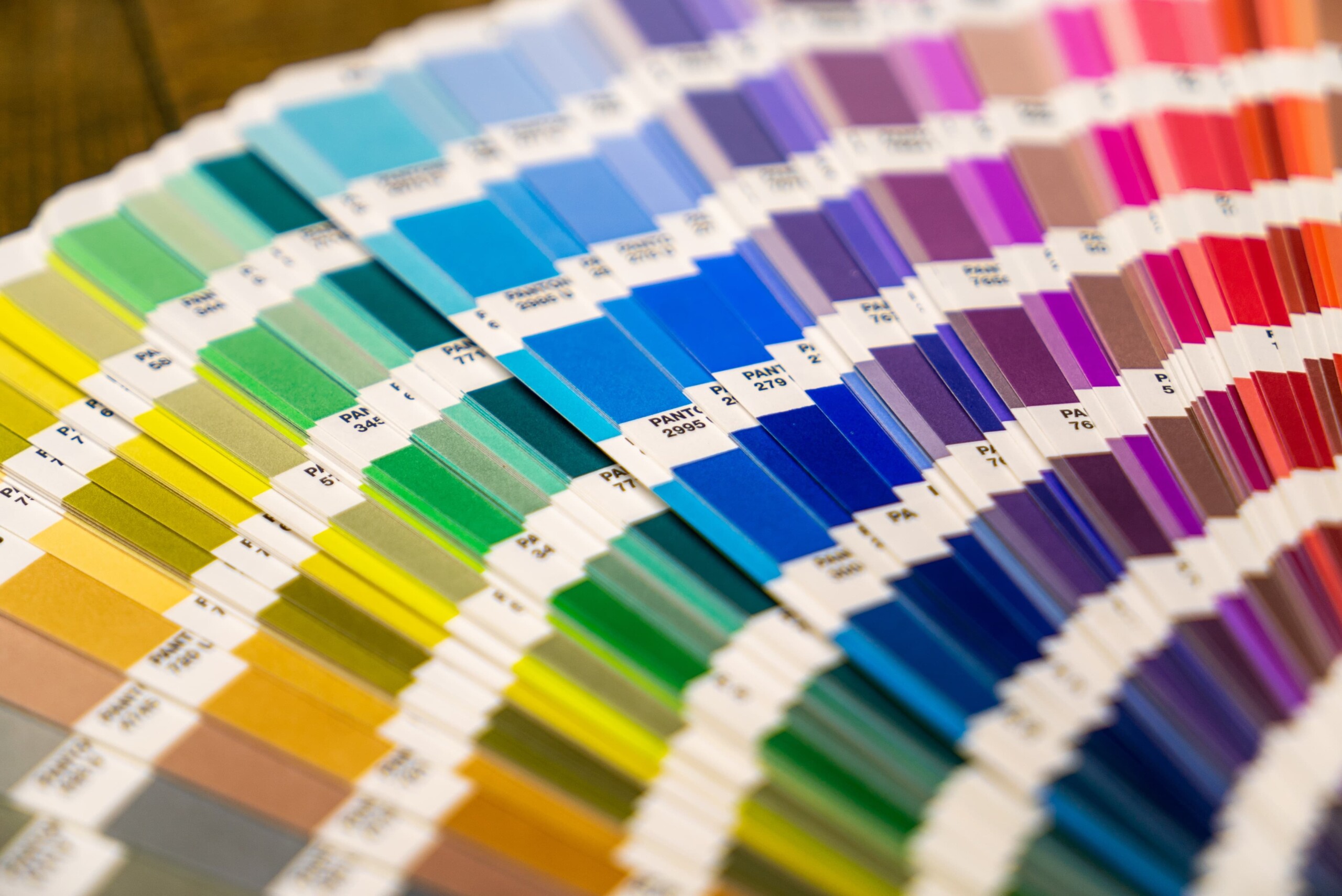January 4, 2024/Blog

Creating an effective and visually appealing website is an art, and like all art it involves color. The colors you choose for your logo and website can significantly influence user experience, perception and behavior.
Let’s take a deeper look into the meaning of different colors in web design, and how you can harness its power for your website.
Psychology of Color
Red
Often associated with energy, passion and hunger, red is a powerful color that can evoke strong emotions. It’s great for call-to-action buttons or for drawing attention to critical elements on a webpage.
Blue
Known for its calming effects, blue is frequently used in corporate and professional website designs. It inspires trust and reliability, making it a favorite for banks, legal firms and healthcare websites.
Green
This color symbolizes nature, growth and prosperity. It’s often used for environmental and sustainable brands, as well as for finance-related websites to signify wealth and stability.
Yellow
Associated with happiness, optimism and youthfulness, yellow can be used to create a sense of energy and liveliness. Use it sparingly, as it can be overwhelming in large amounts.
Orange
A blend of red’s passion and yellow’s happiness, orange is seen as a friendly and inviting color. It’s effective for call-to-action elements and can stimulate impulsive shopping.
Purple
Long associated with luxury, creativity and mystery, purple is ideal for beauty products, luxury goods and creative services websites.
Black
Denoting sophistication, power and elegance, black is often used in luxury product websites and galleries where images need to stand out.
White
It represents simplicity, cleanliness, and minimalism. White space in web design helps reduce clutter and focus attention on important content.
Color Combinations and Contrasts
The use of complementary colors, or those opposite each other on the color wheel, can make a website more vibrant and visually engaging. Analogous color schemes, or colors next to each other on the color wheel, create a more harmonious and unified look.
Contrast is vital for readability and accessibility. High contrast between text and background colors is essential for accessibility, especially for users with visual impairments.
Cultural Considerations
Colors can have different meanings in different cultures. For instance, while white is often associated with purity in Western cultures, it’s linked with mourning in some Eastern cultures.
Understanding the cultural context of your target audience is crucial when choosing a color scheme.
Trends vs Personalization
Stay up-to-date with the latest color trends in web design, but also consider your brand’s personality and message. For example, if your company culture is patriotic, consider using the colors of your national flag in your logo and website.
Colors in web design are not just about aesthetics; they are a crucial part of a site’s functionality and user experience. Always remember to consider your brand identity, target audience and the overall message you want to convey when choosing your color palette. By understanding the meaning of colors and applying them thoughtfully, you can greatly influence how users perceive and interact with your website.
If you’d like to chat about the colors of your website, and if they are a good fit for your brand, you can book a free call with me here. Pick a time and date that suits you, and I’ll be happy to answer your questions. [email protected] |
